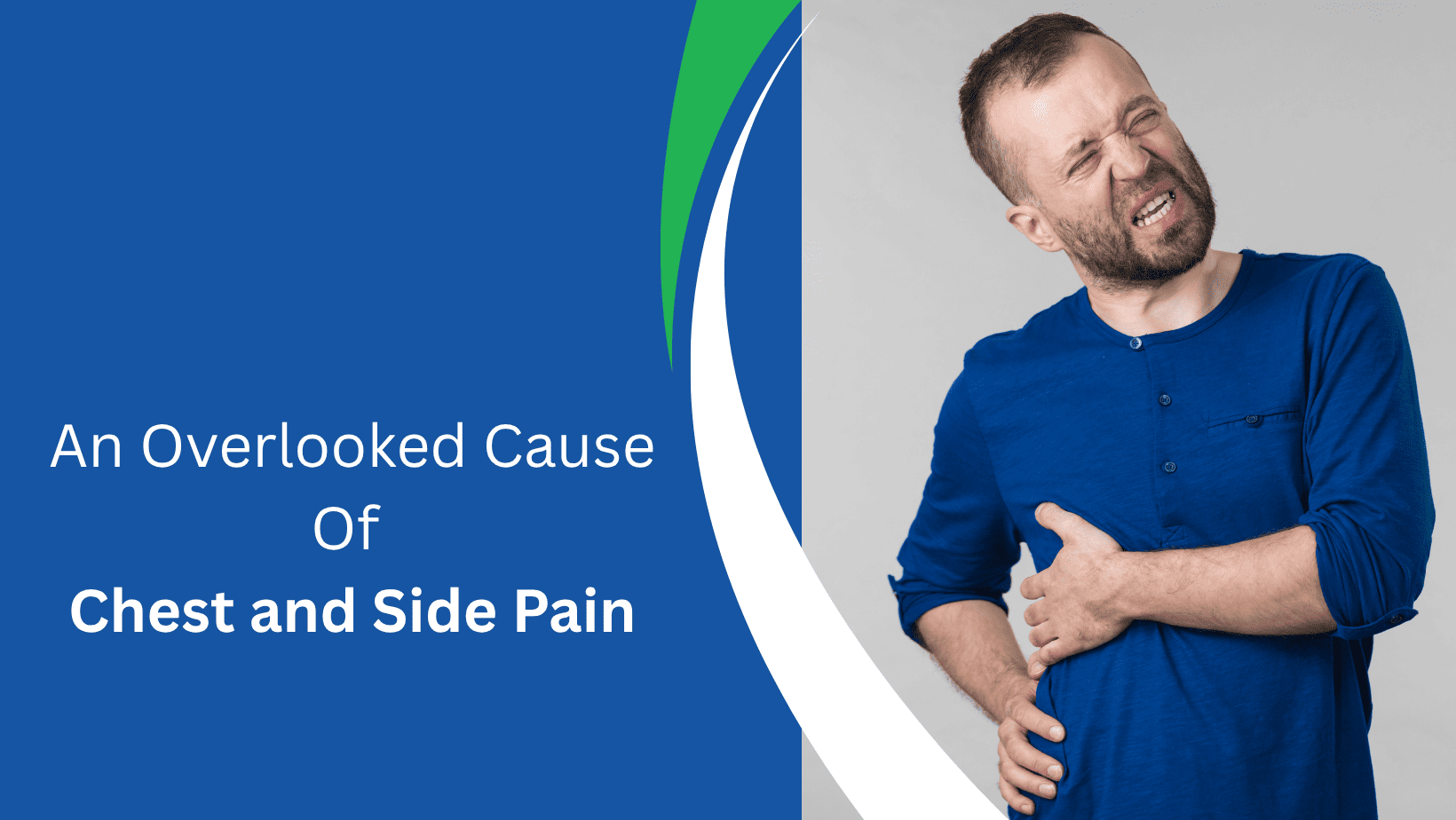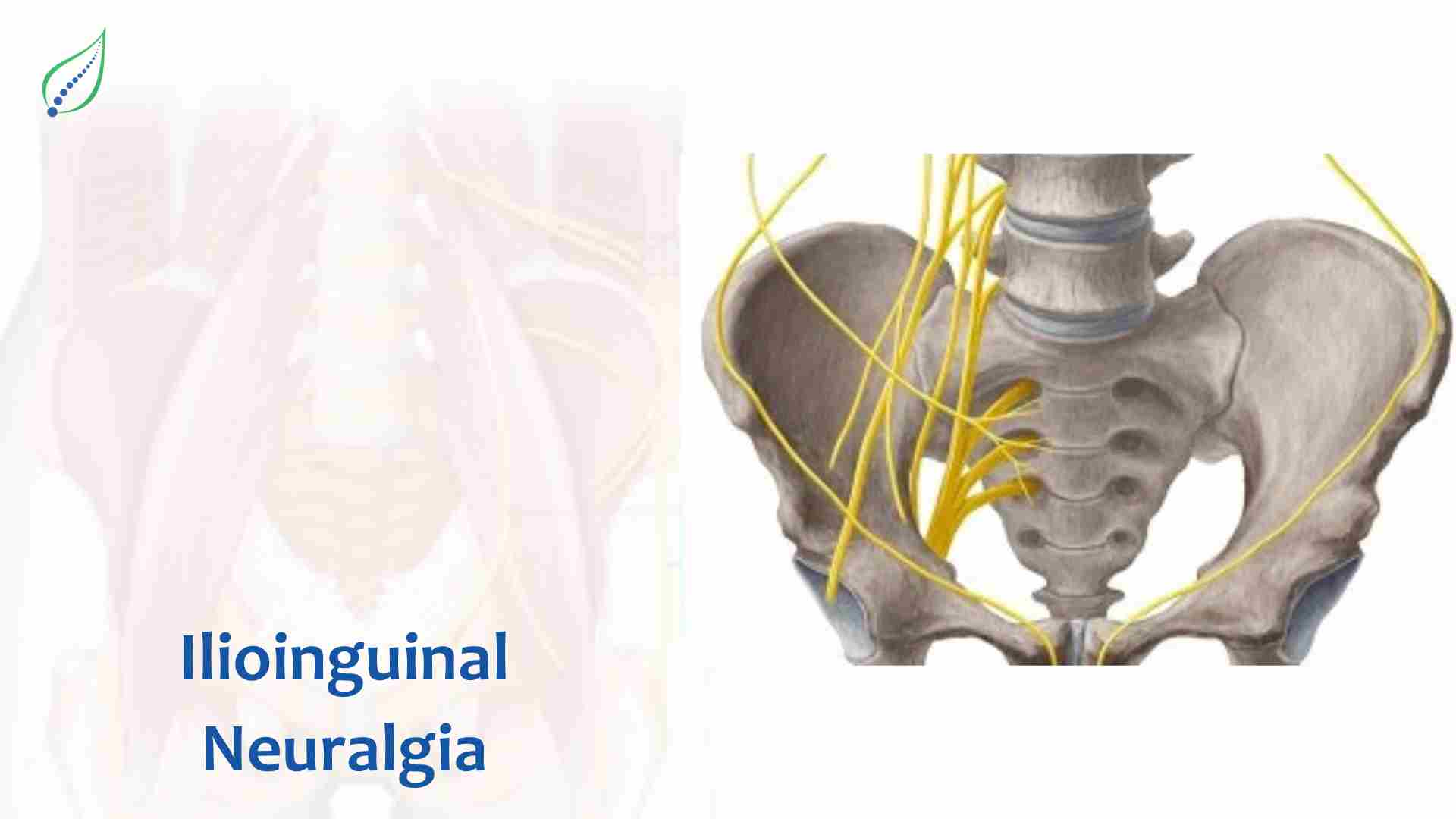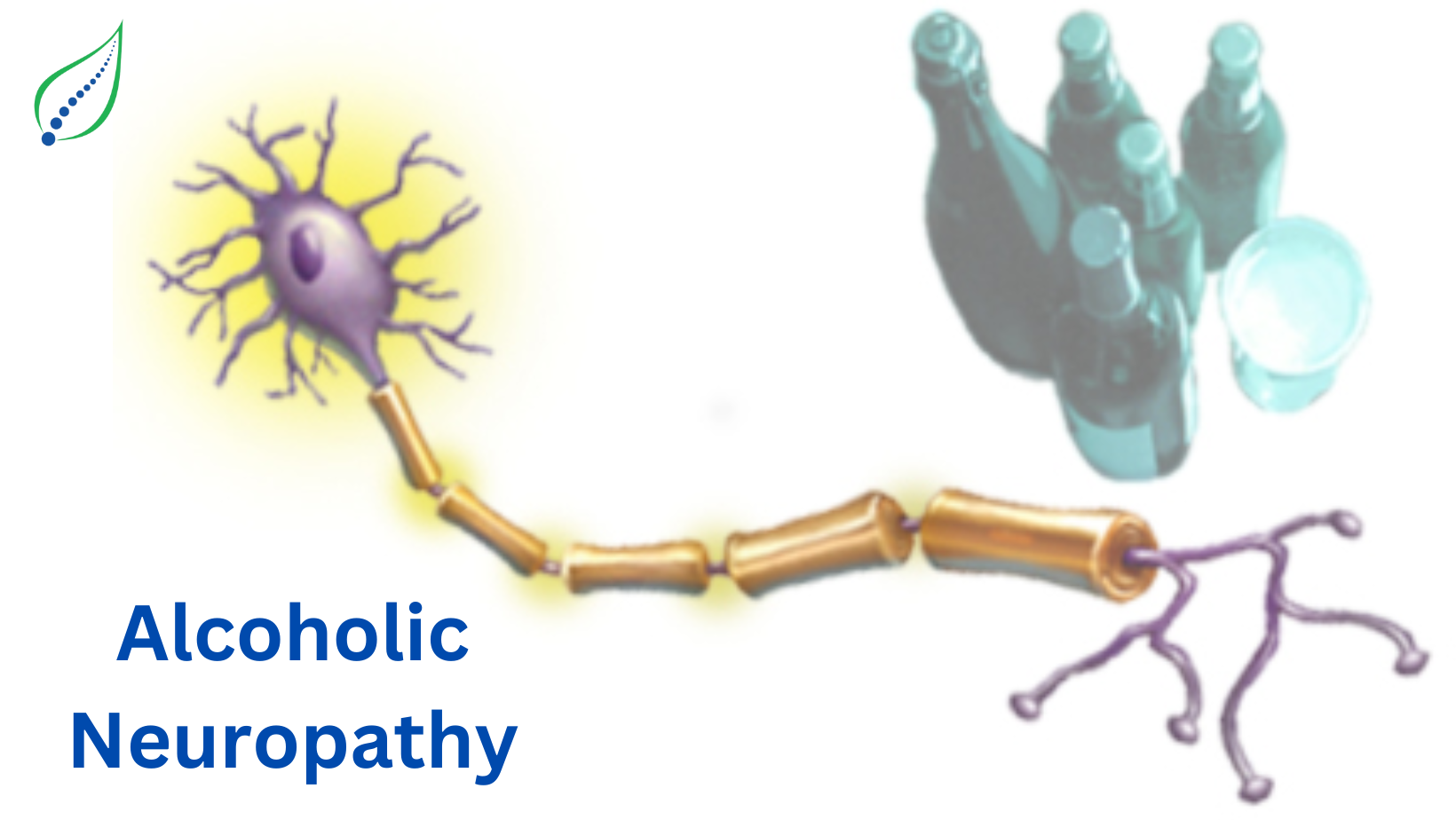Meralgia Paresthetica: The Strange Thigh Burning Sensation Explained
Meralgia paresthetica is a strange condition that develops when the lateral femoral cutaneous nerve is compressed or pinched. Sensation on the exterior of the thigh is provided by this nerve. The symptoms of meralgia paresthetica include severely disturbing pain, tingling, and numbness in the outer thighs. It is brought on by an entrapment of the nerve that supplies the outer part of the thigh with sensations. In Meralgia paresthetica, the nerve just affects sensation, not the individual’s ability to move leg muscles.
Symptoms
Several symptoms in the exterior part of the thigh can be caused by meralgia paresthetica:
- Tingling
- Burning pain
- Reduced sensation or numbness
- Increased sensitivity and anguish with the slightest contact
These symptoms usually appear on one side of the body and may worsen after walking or standing.
Causes
Lateral femoral cutaneous nerve compression or entrapment is the preferred term for meralgia paresthetica. In the majority of individuals, this nerve travels from the groin and into the upper thigh without difficulty. It is commonly compressed by the inguinal ligament.
Any situation that puts additional stress on the groin can usually result in this compression, including:
- Tight clothing includes belts, i.e,. wearing a huge tool belt
- Corsets and tight pants
- Obesity or weight gain
- Pregnancy
- Diabetes
- Fluid collection in the abdomen leads to increased abdominal pressure
- Scar tissue formed at the inguinal ligament as a result of an accident or previous surgery
- Meralgia paresthetica can also be induced by nerve injury. Nerve damage can result from trauma following surgery or a car accident involving a seat belt
- Numerous physical activities and sports have been associated with meralgia paraesthetica. These include gymnastics or dance, baseball, soccer, bodybuilding, and vigorous exercise.
- Neuromas are among the rarer causes. Neuromas are tumours on nerves that are benign (not malignant). Pelvic or intra-abdominal tumours (including malignant ones) may potentially compress the nerve, causing similar issues.
Risk Factors
The probabilities of meralgia paresthetica may be increased by the following circumstances.
- Overweight: The lateral femoral cutaneous nerve may be compressed by being overweight or obese.
- Pregnancy: A developing belly imposes additional strain on the groin, via which the lateral femoral cutaneous nerve runs.
- Diabetes: In Diabetes, Meralgia paresthetica can be brought on by nerve damage.
- Age: People aged 30 to 60 are at greater risk.
Diagnosis
The diagnosis will probably be considered as Meralgia paraesthetica if you have upper outer thigh pain or sensory issues. The disease can occasionally affect both sides simultaneously.
Clinical Examination may reveal impaired feeling in the area of skin supplied by the lateral cutaneous nerve of the thigh. Typically, extending your hip can cause pain. This movement causes the buttock muscle (gluteus maximus) to tighten.
Investigations
Meralgia paraesthetica is frequently diagnosed without the necessity for further investigations (such as blood tests, X-rays, and scans). An ultrasound or MRI scan might be done if it is thought that an abnormality in the pelvic region is the source of the symptoms.
Nerve conduction studies can be conducted to determine the exact cause. Tests of nerve conduction look at how electricity flows through a nerve. Compression or trapping a nerve alters the Nerve conduction test result.
Meralgia paraesthetica Treatment
In the majority of instances, conservative therapies provide good relief.
- Rest: Standing and walking worsen meralgia paraesthetica. In severe cases, less physical activity could be recommended.
- Loss of weight: if obesity is thought to be cause. Losing weight will relieve additional pressure on the nerve.
- Physical therapy: Includes manipulation, massage, stretching, strengthening exercises, nerve gliding exercises, and balance exercises.
- Thermotherapy/Cryotherapy: Pain and inflammation can be managed with heat or ice.
- Optimal Posture and Body Mechanisms: To prevent aggravating the problem, promoting good posture and body mechanics will prevent stress on the nerve.
- Ergonomic adjustments: Changing tasks or workplace settings to lessen nerve strain is recommended. While sitting, getting up, and sleeping properly can help avoid stress on nerves.
- Lifestyle changes: If you're suffering from meralgia paraesthetica, you should refrain from wearing tight garments that press against your hips or upper thighs, including corsets or belts.
- NSAIDs, or nonsteroidal anti-inflammatory drugs: Among them are diclofenac, naproxen, and ibuprofen, etc which reduce inflammation and reduce the symptoms.
- Corticosteroid injections: These are usually known as steroid injections. A steroid, a local anaesthetic are injected in the surrounding region of the lateral cutaneous nerve to numb and lessen inflammation.
- Radiofrequency Ablation: In severe cases, pulsed radiofrequency blocks help in reducing pain signals for long-term relief.
- Transcutaneous Electrical Nerve Stimulation (TENS): By stimulating the nerve and reducing pain signals, TENS can be used to assist in managing pain.
_1750326150_1751826460.png)



